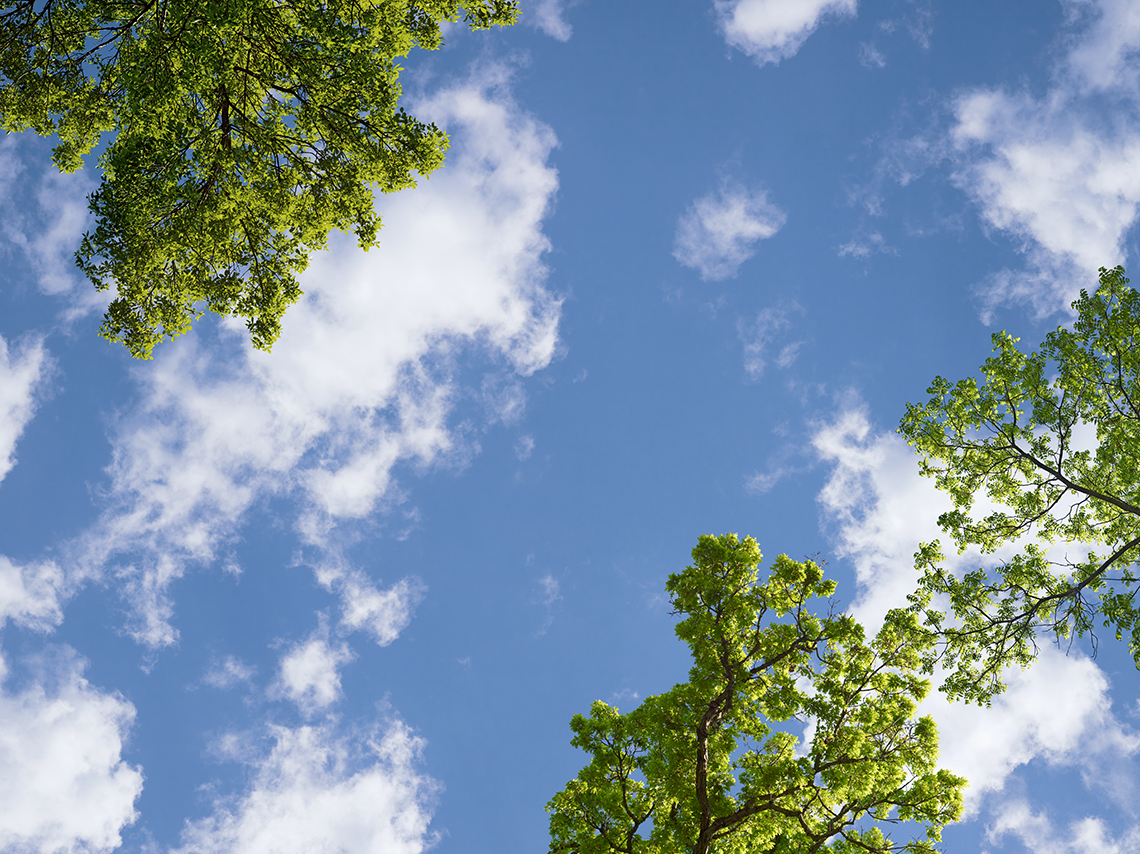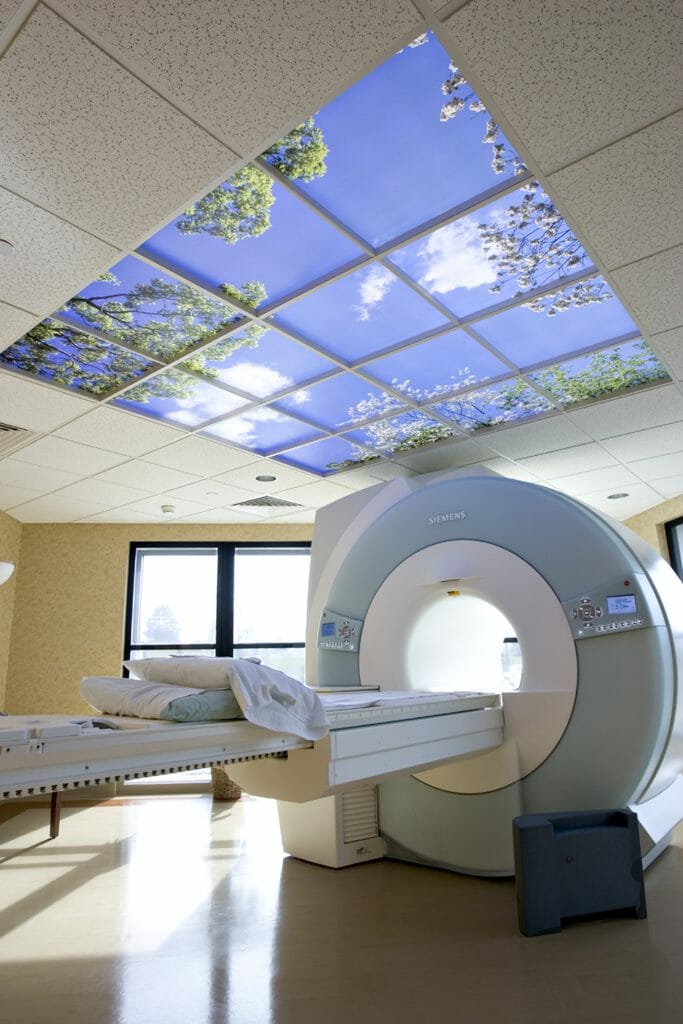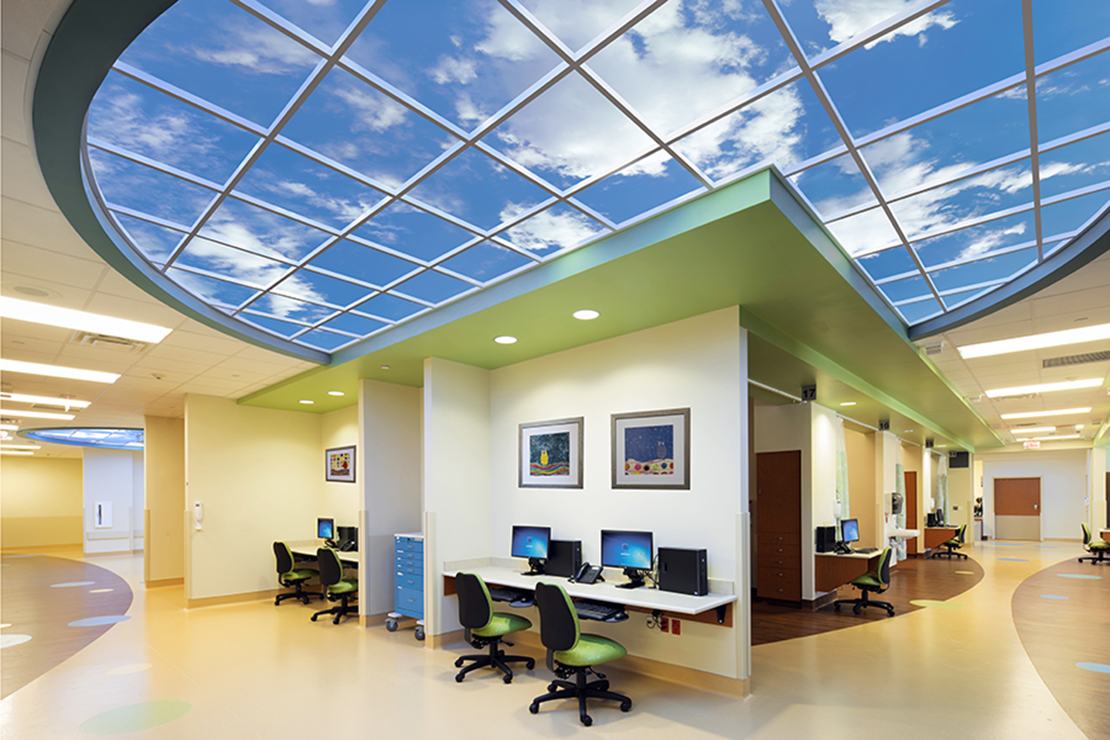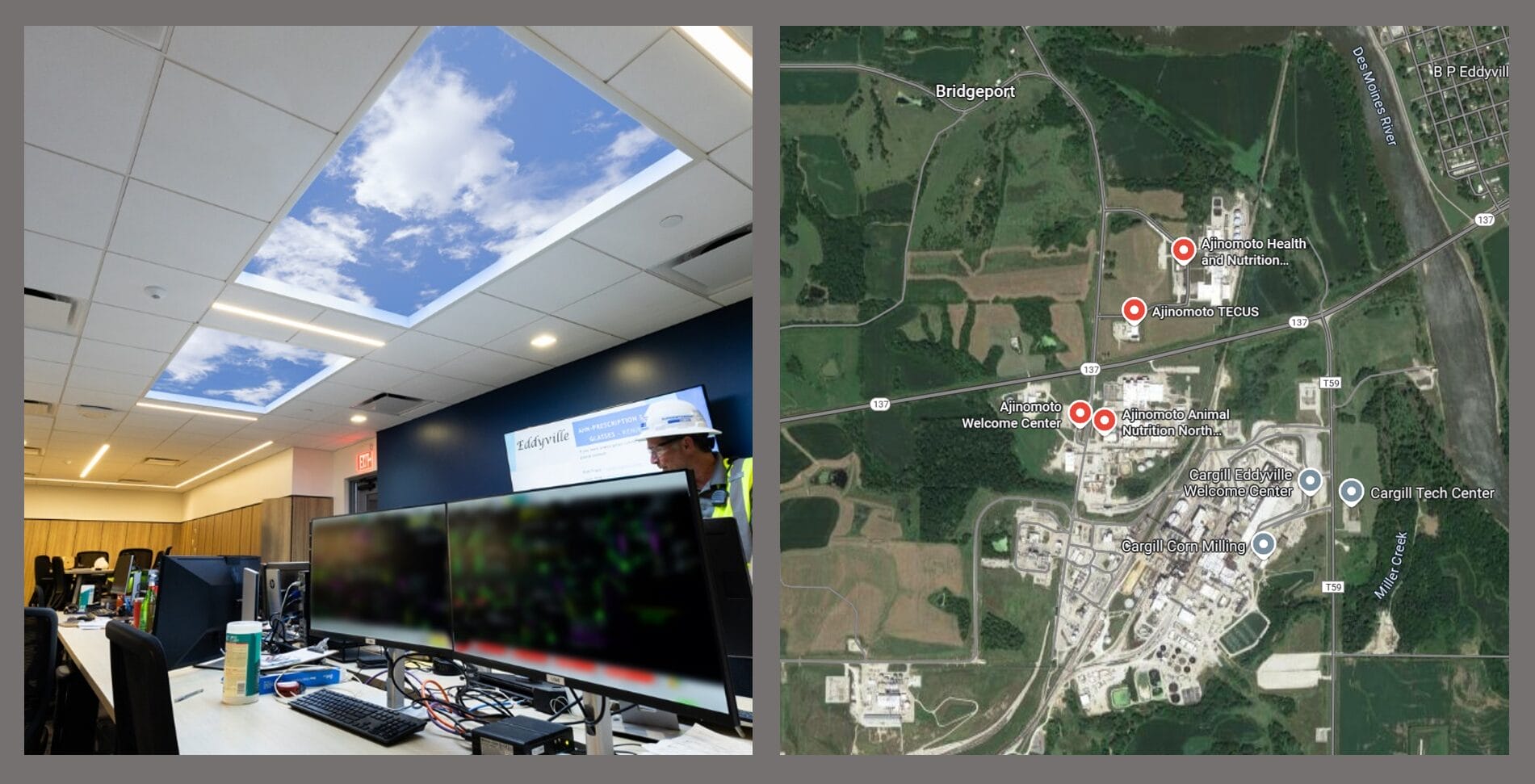Hippocrates, the father of Western Medicine, made a remarkable observation. Regarding the body’s ability to recover from illness he averred, ‘the physician assists, only nature heals.’ One aspect of Hippocrates’ profound statement is our relationship to the natural environment. Over the centuries, his prescient comment echoes our innate relationship with nature, from bathing in hot springs to walking in the woods, as a way of life that invigorates and supports our wellbeing. Although physicians and patients alike recognize the inherent power of nature to heal, how does nature impact out health?
It wasn’t until 30 years ago when Edward O. Wilson, a Harvard biologist, published “Biophilia” and gave this intuitive understanding a scientific explanation. Wilson’s Biophilia Hypothesis proposed that man’s evolutionary history has had an indelible impact on our physiology, leading to a genetically encoded predisposition to engage with nature for psycho-physiological wellbeing. Wilson stated that we seek out positive experiences in nature, a phenomenon called biophilic engagement, which triggers a ‘relaxation response’ in our physiology.
Among the most salient characteristics of the ‘relaxation response’ researchers have found that exposure to nature:
- Reduces stress and fatigue
- Increases relaxation and restores emotional balance
- Restores well-being and mental clarity
- Improves cognitive functioning
- Aids recovery from illness
- Lowers medication usage
These benefits are precisely what patients need the most when their immune system is most vulnerable. And it’s precisely during illness that we find ourselves removed the farthest from nature’s healing effects. Despite the technological advances and the medical expertise of modern healthcare there’s a missing link: access to nature. This access is essential to enliven biophilia—the deeply genetic connection to other living systems—that helps our physiology restore homeostasis; what we call ‘health’.
Intuitively, everyone understands this link. We have all experienced the liberating feeling of walking along an unencumbered beach under a perfect blue sky or walking in the forest. The psycho physiological transformation triggered by biophilic engagement occurs automatically. Despite our urban lifestyles, this powerful physiological connection to nature should not surprise us.
After all, our long evolutionary history in natural environments has attuned our circadian rhythm, our biological clock, to the oscillations of day and night. Our biological clock, though endogenous, takes its fundamental cue from daylight, regulating our sleep patterns and physiological dynamism. So why then wouldn’t it be an essential component of healing?
Biophilic Design & Healthcare Savings

The same year E. O. Wilson published “Biophilia”, Dr. Roger Ulrich published a landmark study demonstrating that patients healed faster in rooms that featured views to nature over patients with rooms without views. Finally, almost two millennia after Hippocrates’ prescient insight, modern science caught up to our intuition: nature’s role in our healing process is preeminent. Furthermore, healthcare facilities now had hard data showing that access to nature resulted in shorter hospital stays and less medication use, improving the quality of healthcare and reducing the per diem costs of inpatient care.
Dr. Ulrich’s insight lead to the development of a new field, evidence-based design, which attempts to study, among other things, the effects of the environment on our health and psychology. Evidence-based design research takes on deep significance since most of our healing takes place inside deep plan buildings that were built to isolate us from the outdoors.
In the last quarter century, prominent scientists and academic thinkers have added their insight to the relationship between our built environment and our health. Chief among them Dr. Stephen R. Kellert, a prominent professor at Yale University’s School of Forestry and Environmental Studies, published a remarkable book in 2008 entitled “Biophilic Design”. Biophilic design recognized humanity’s connection to nature and reintroduced the notion that nature’s most healing features should be part and parcel of our built environment.

The nascent field of biophilic design has profoundly influenced modern architecture in the 20 years since it emerged. No modern hospital world-wide is designed today without incorporating essential elements of biophilic design, which include extensive daylighting, ample green spaces or sky gardens, and views to nature.
The evidence that biophilic design improves health outcomes is compelling enough that Terrapin Bright Green, an environmental consultancy and strategic planning firm, used Dr. Ulrich’s study to calculate the potential savings from faster recovery times across all 5,800 hospitals in the U.S. (2010). Terrapin found out the annual nationwide savings due to reduced hospital stays associated with major surgery would be over $93 million, an analysis that illustrates how biophilic design can reduce, in this case, the rising per diem costs of in-patient care, and help reduce the skyrocketing costs of healthcare.
This emerging trend has also forced interior designers in healthcare to seek ways to use biophilic design strategies in older healthcare facilities to mitigate the deleterious effects of enclosed artificial spaces. For example, healthcare designers have begun to use biophilic illusions of nature as a cost effective alternative to transform healthcare environments that cannot easily add daylight or views to nature.

The importance of bringing natural environments indoors is such that optical illusions in the form of virtual skylights and windows have become part of the biophilic repertoire of facility managers and designers. The idea of bringing biophilic benefits into the healthcare environment, for staff, visitors and patients, turns out to be smart business for better healthcare.



